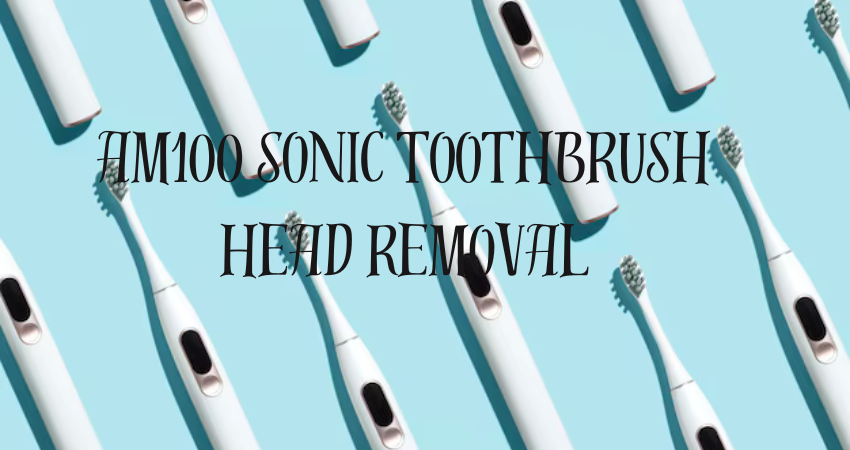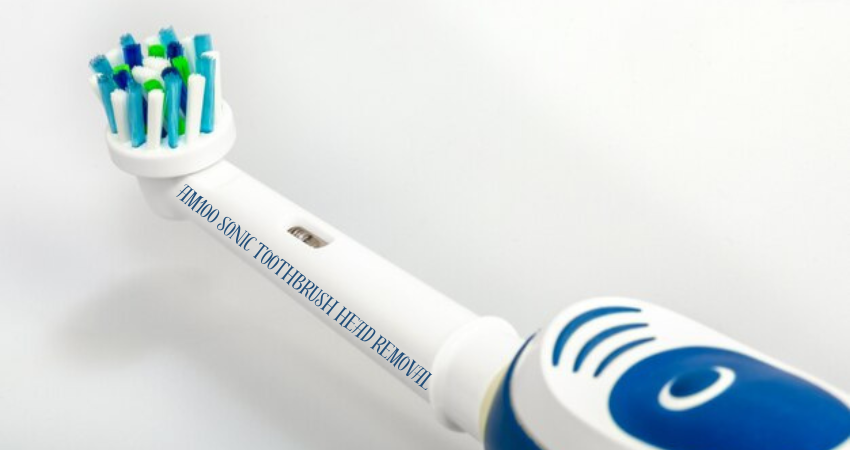The am100 sonic toothbrush head removal, with its rhythmic pulses and delicate bristles, is not just a device; it’s a partner in health. It knows the curves of your teeth, the hidden corners, and the places needing gentle guidance. But as with all cherished tools, it, too, needs care—and one way to show it is by regularly replacing its head.
Why Changing the Head Matters: The Poetry in Routine
In our daily dance with self-care, changing a am100 sonic toothbrush head removal head may feel like a minor note. Yet, this small act honors the delicate balance between our health and the tools that aid us. Replacing the head ensures freshness, optimal hygiene, and effective cleaning, amplifying the brush’s promise to keep our smiles radiant.
Preparing for the Change: The Tools and Setting
Gather your toothbrush, a clean towel, and, if needed, a small tool to aid in the grip. Settle in a well-lit space; a quiet place that allows a moment of focused connection with this familiar object. It’s a small ritual of intention and care, a time to renew the power of your device.

Inspecting the Toothbrush Head: When to Replace
Before diving into the replacement, take a moment to inspect the head. Are the bristles frayed, or has the once-bright color dulled? Most manufacturers recommend changing heads every three months, or sooner if the brush is showing signs of wear. A fresh head brings renewed strength in each sweep across your teeth.
Gentle Touch: Gripping and Twisting with Care
The key to removing the am100 sonic toothbrush head removal head lies in your touch. Grip the base firmly with one hand, and with the other, grasp the brush head, feeling its structure. Here, your hand is the artist, the brush head the canvas.
Right Hand, Right Motion
Use your dominant hand for precision, guiding the brush head with a light yet steady hold. Apply gentle force, nothing more—enough to unlock but not break.
The Art of Alignment
Align your grip, feeling the harmony between hand and brush. This is where strength and grace intertwine in perfect balance.
Feeling the Click: Understanding the Lock Mechanism
As you begin the twist, notice the soft click. This sound is the brush’s whisper, indicating readiness for the release. In that sound lies the assurance that the brush head is responding, awaiting the next phase of its journey.
Removing with Precision: Step-by-Step
Gently twist the brush head in a counter-clockwise motion, freeing it from its hold. The turn should be slow, intentional, allowing you to feel each movement. Here’s a guide to bring the process to life:
Twist Counter-Clockwise
With a steady hand, twist the brush head counter-clockwise. This action disengages the lock, releasing the head from the base. The motion is smooth, unhurried.
Lift Upwards, Gently
Once the twist is complete, lift the head upwards. It should slide off easily; if there’s resistance, check that the twist was thorough. Lifting upward completes the release.
Avoiding Common Pitfalls: Tips for Success
Many stumble when applying too much force or twisting in haste. Keep your grip steady but light, and remember, a delicate touch often succeeds where force fails.
Installing a New Head: Aligning and Locking with Ease
To install the new head, align it with the base, pressing down gently. Twist clockwise until you hear that familiar click, a sound affirming the connection. Your brush head is now ready to serve once more.
Testing the Replacement: Ensuring Stability
After installation, give the brush head a gentle tug to ensure it’s securely in place. There should be no movement, only the sturdy assurance of a fresh start.
Why Replacement Cycles Matter: A Commitment to Hygiene
Changing the brush head isn’t merely routine; it’s an act of respect for your health. A fresh head means cleaner bristles, a more effective brush, and ultimately, a healthier smile.
Caring for Your Toothbrush Base: Longevity Tips
The base, too, deserves care. Wipe it down regularly, clearing away any residue that could diminish its performance. A well-maintained base prolongs the life of each brush head, keeping your routine in harmony.
Troubleshooting Stubborn Stuck Heads
If the head is reluctant to leave, don’t force it. A gentle wiggle may help, or if necessary, run the brush under warm water to loosen any residue.
Environmental Care: Disposing the Old Head Responsibly
Be mindful of where the old head goes. Many bristles and plastics can be recycled, ensuring that even as we care for ourselves, we respect the earth that holds us all.

Conclusion: A Ritual Renewed, Every Few Months
The journey of am100 sonic toothbrush head removal might seem small, yet it’s a profound reminder of our commitment to self-care. Each twist, each click, brings us closer to our freshest, brightest selves. So let each replacement be an act of gratitude—a tribute to the tools that carry us toward health.
FAQs
How often should I change the AM100 Sonic toothbrush head?
Every three months, or sooner if the bristles show wear.
Why won’t the head come off easily?
Sometimes, residue can cause resistance. Try running the brush under warm water.
Can I recycle the old toothbrush head?
Yes, many facilities accept toothbrush heads. Check local recycling options.
How do I know if the new head is secure?
After twisting it into place, give it a light tug. It should feel stable and not move.
Does replacing the head affect cleaning quality?
Absolutely! A fresh head ensures optimal bristle shape and effectiveness.


